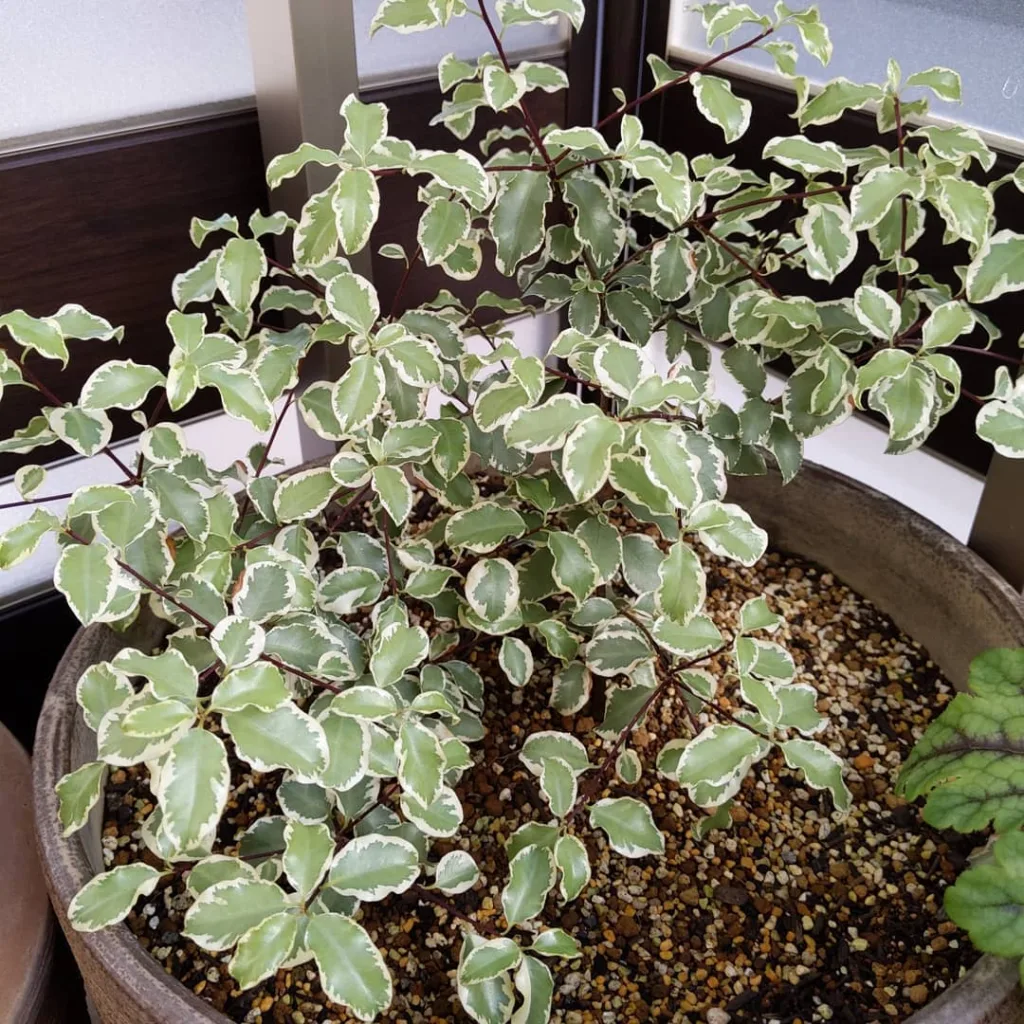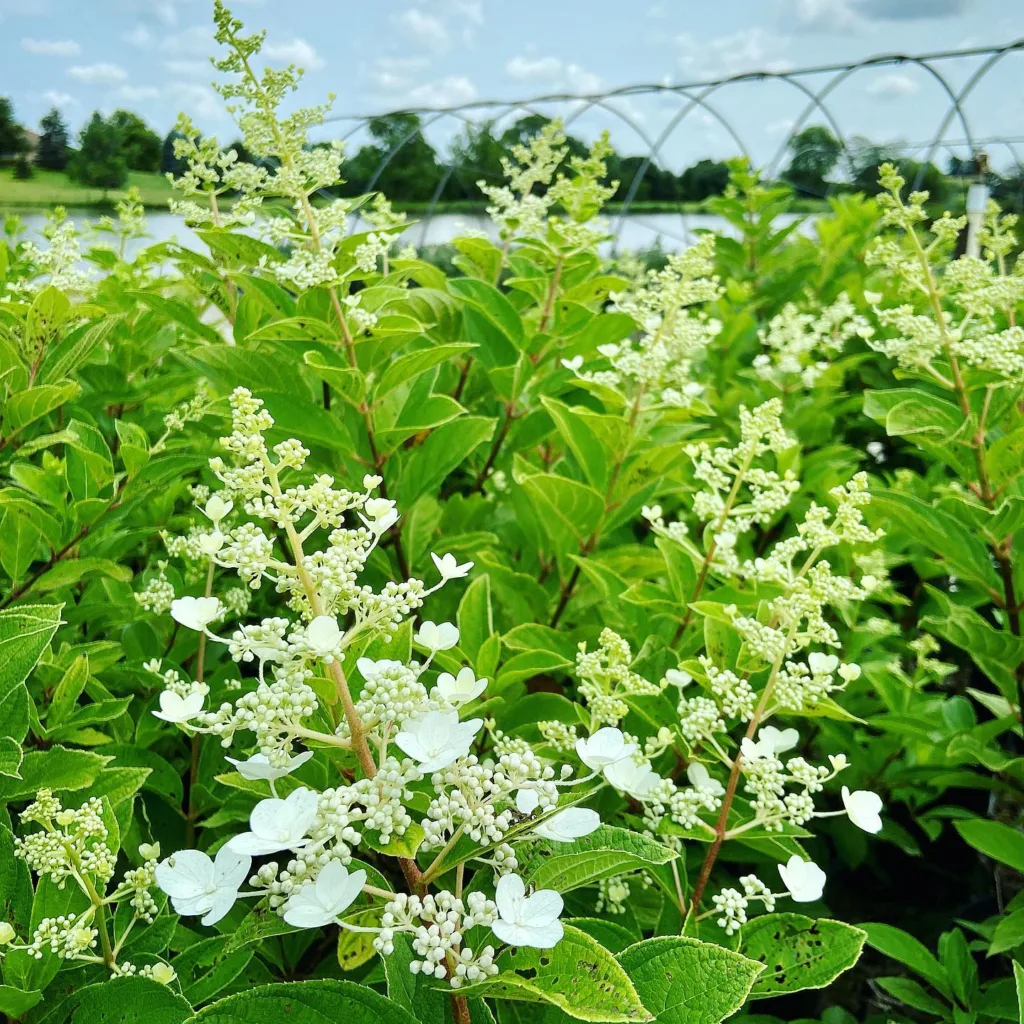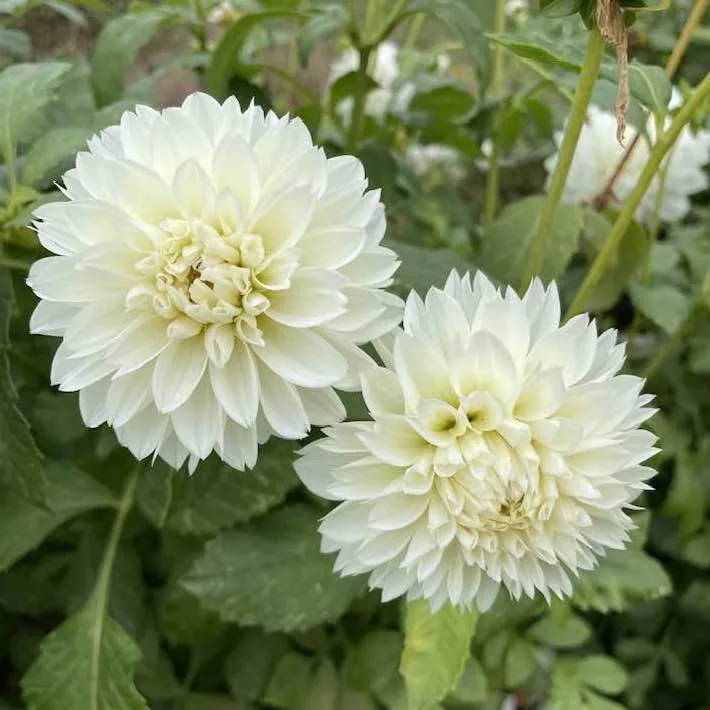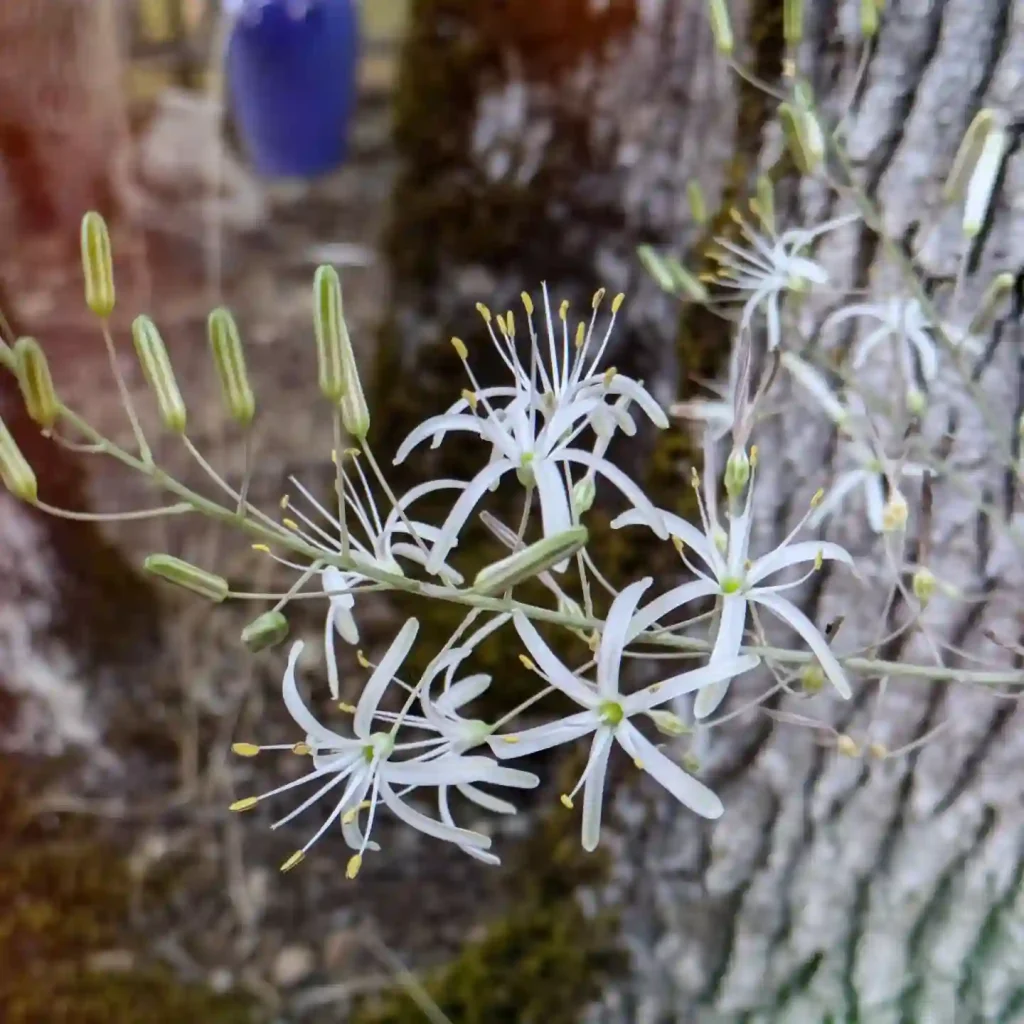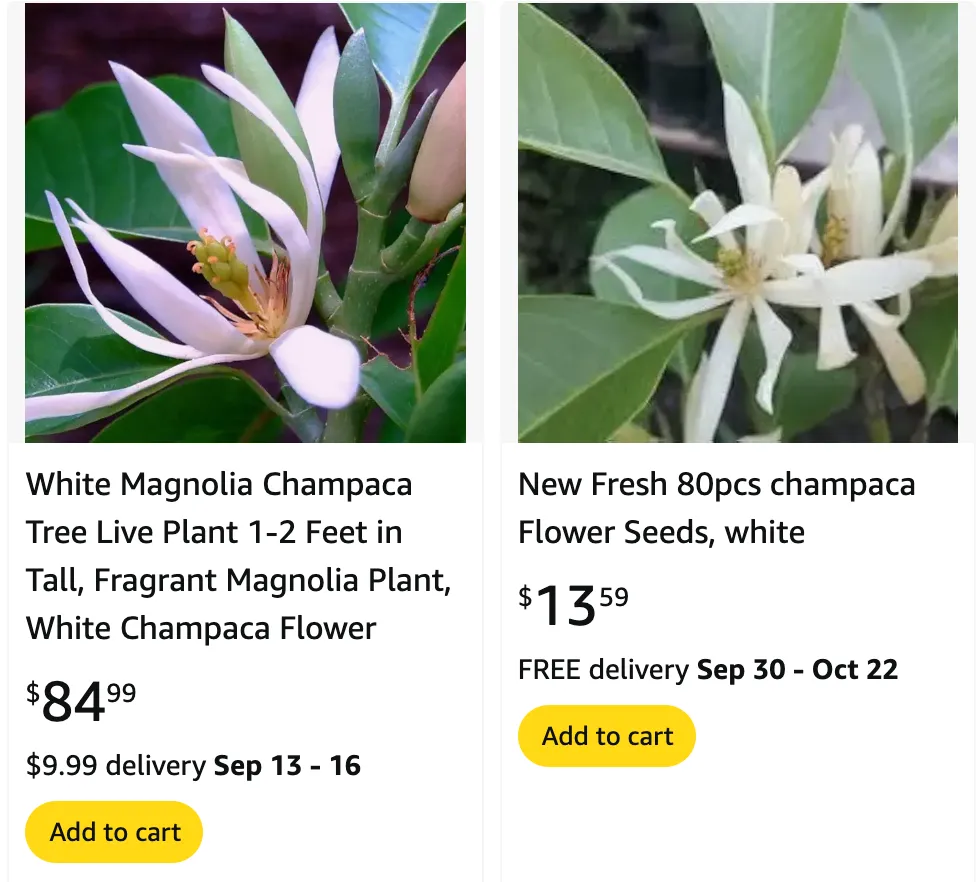
FAQs About Magnolia Alba
Magnolia Alba, also known as the White Champaca or White Jade Orchid Tree, is a plant I’ve come to appreciate over the years. Its fragrant flowers and elegant appearance make it a standout in any garden. Through my experience with this plant, I’ve gathered some frequently asked questions that I often encounter. Here, I’ll address those queries and share my insights.
371 Species in Genus Magnolia
What is Magnolia Alba?
Magnolia Alba is a member of the Magnoliaceae family, native to Southeast Asia. This evergreen tree is cherished for its fragrant, creamy-white flowers that bloom throughout the year. The tree can grow up to 30 feet tall, but with regular pruning, it can be maintained as a smaller shrub. Magnolia Alba is often used in landscaping and is prized for its perfume, which is extracted from its flowers and used in the production of essential oils and perfumes.
How to Care for Magnolia Alba?
Caring for Magnolia Alba is relatively straightforward. The tree prefers a warm, humid environment and thrives in full sun to partial shade. Here are some key points to keep in mind:
- Soil: Magnolia Alba prefers well-draining, slightly acidic soil. A mix of peat moss, perlite, and compost works well.
- Watering: Regular watering is essential, especially during the growing season. However, avoid waterlogging, as the roots are sensitive to excessive moisture.
- Fertilization: A balanced, slow-release fertilizer applied every few months during the growing season will help keep the plant healthy. I’ve found that a fertilizer high in phosphorus can encourage more blooms.
- Pruning: Prune the plant in late winter or early spring to maintain its shape and size. Remove any dead or damaged branches to promote new growth.
How to Propagate Magnolia Alba?
Propagating Magnolia Alba can be a rewarding process. The most common methods are through seeds and cuttings.
- Seeds: Collect seeds from mature pods and plant them in a well-draining seed mix. Germination can take several months, so patience is required. Keep the soil moist and warm to encourage sprouting.
- Cuttings: Take semi-hardwood cuttings in late spring or early summer. Dip the cut end in rooting hormone and plant it in a moist, well-draining medium. Keep the cuttings in a warm, humid environment until roots develop, which usually takes a few weeks.
What to Plant with Magnolia Alba?
When considering companion plants for Magnolia Alba, it’s important to choose species that thrive in similar conditions. I recommend planting it with other tropical or subtropical plants that enjoy the same level of sunlight and humidity. Some excellent companions include:
- Gardenia: With its fragrant, white flowers, Gardenia complements Magnolia Alba beautifully.
- Ferns: The lush, green foliage of ferns contrasts nicely with the Magnolia’s flowers.
- Hibiscus: This vibrant, flowering shrub adds a splash of color to your garden and thrives in the same conditions.
Is Magnolia Alba Toxic?
Magnolia Alba is generally considered non-toxic to humans and pets. However, it’s always a good idea to monitor pets and children around any plant, as individual reactions can vary. While the plant isn’t known to be poisonous, ingesting large quantities of any plant material can cause digestive discomfort.
Benefits of Magnolia Alba
Magnolia Alba offers several benefits beyond its beauty. Here are a few I’ve observed:
- Aromatherapy: The fragrant flowers are used in aromatherapy to promote relaxation and reduce stress.
- Natural Air Freshener: The flowers can be placed around the home to naturally scent the air.
- Essential Oil Production: The flowers are distilled to produce an essential oil used in perfumes and skincare products.
- Ornamental Value: Magnolia Alba is an excellent choice for adding elegance and fragrance to a garden.
Common Problems with Magnolia Alba
Like any plant, Magnolia Alba can face some challenges. Here are common problems I’ve encountered:
- Yellowing Leaves: This can be a sign of overwatering or poor soil drainage. Ensure the soil is well-draining and adjust watering habits as needed.
- Pests: Aphids and spider mites can occasionally be a problem. Regularly inspect the plant and use insecticidal soap if necessary.
- Leaf Spot: Fungal infections can cause brown or black spots on the leaves. To prevent this, avoid overhead watering and ensure good air circulation around the plant.
How Does Magnolia Alba Compare to Other Similar Plants?
Magnolia Alba is often confused with other Magnolias or even with Michelia species. One of the main differences is its fragrance. While many Magnolia species have a mild scent, Magnolia Alba is intensely fragrant, especially in the evening. Its flowers are also smaller and more delicate than those of other Magnolias, like Magnolia Grandiflora.
Conclusion
Magnolia Alba is a stunning and versatile plant that can enhance any garden. Whether you’re drawn to its fragrance, its ornamental beauty, or its benefits in aromatherapy, this plant is sure to impress. By following proper care and propagation methods, you can enjoy the beauty and fragrance of Magnolia Alba for years to come.
If i die, water my plants!
